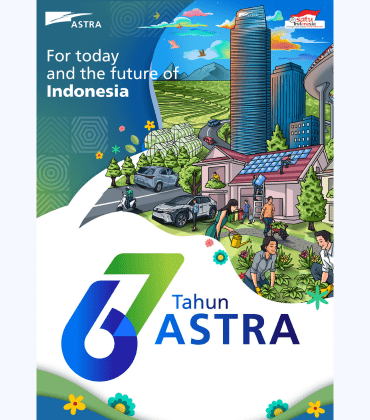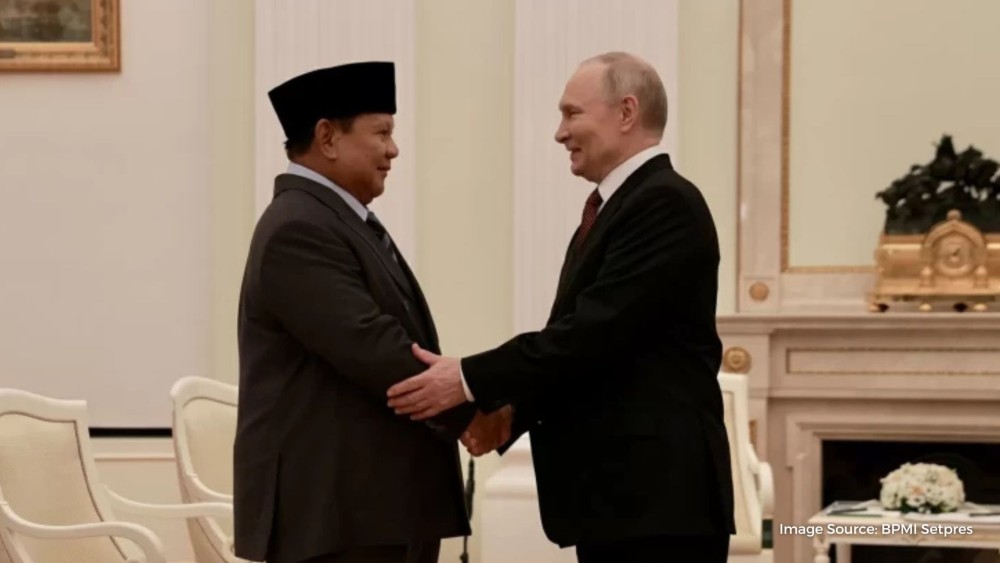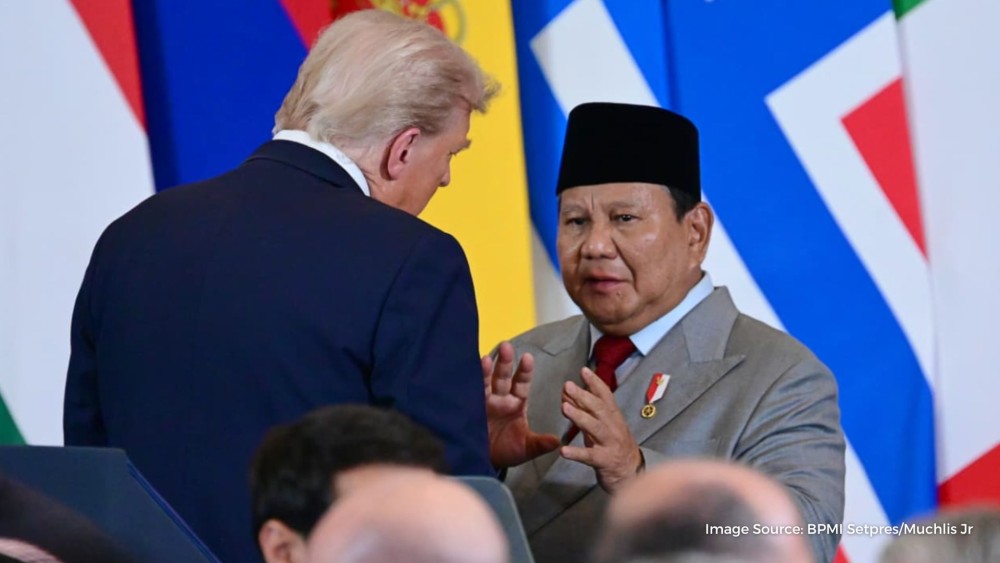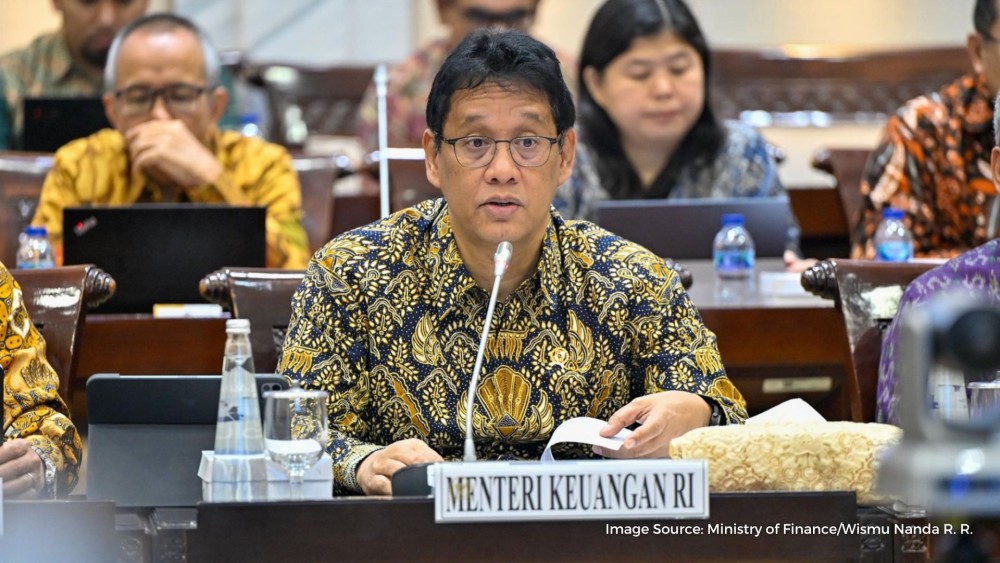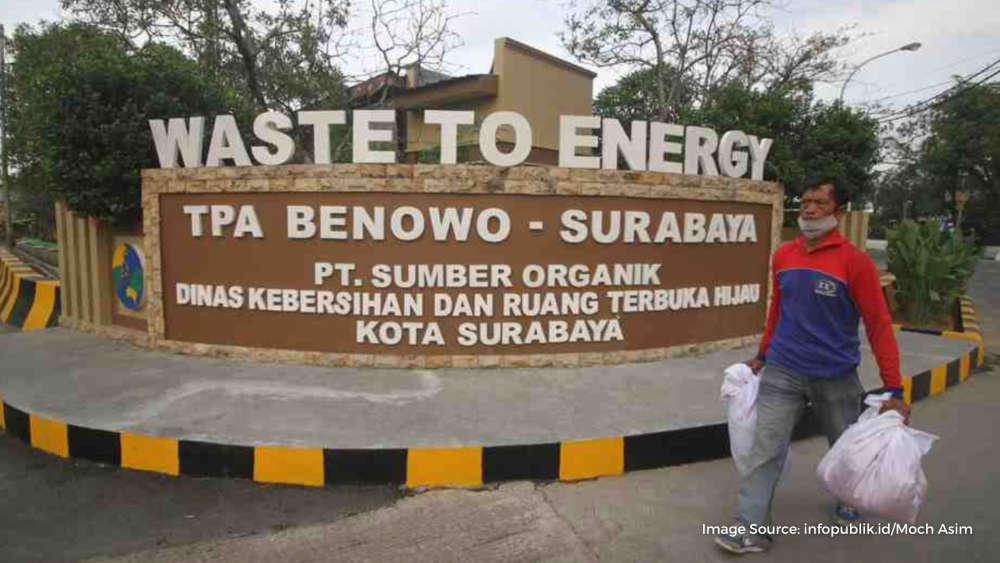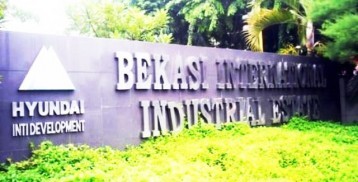First in Indonesia, PLN Operates Hydrogen Filling Station for Vehicles
21 Feb 2024
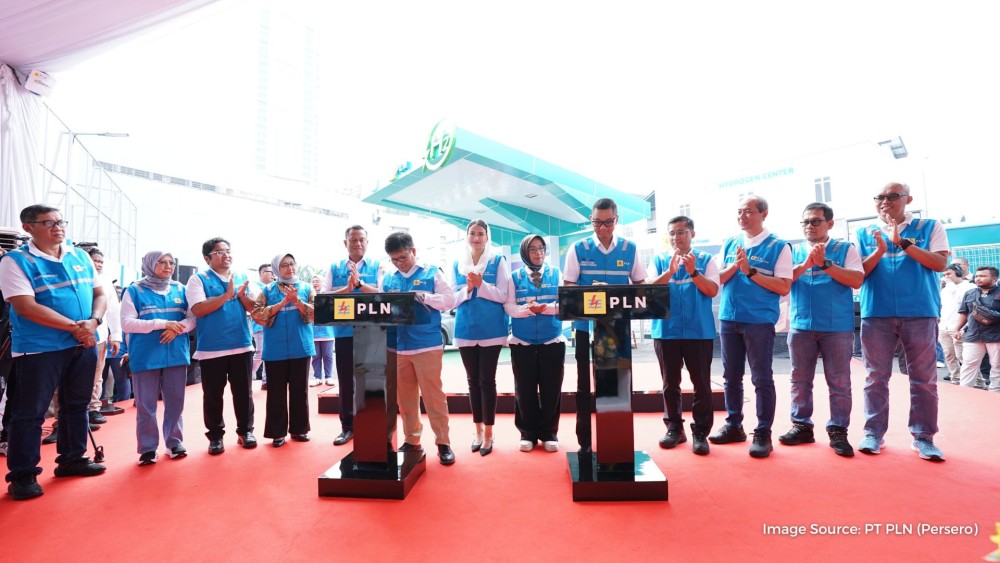
PT PLN (Persero) inaugurated the first Hydrogen Refueling Station (HRS) or hydrogen vehicle filling station in Indonesia located in Senayan, Jakarta on Wednesday (21/2). The presence of this HRS is PLN's continued efforts and innovations in the development of an end-to-end hydrogen ecosystem in Indonesia, after inaugurating 21 Green Hydrogen Plants (GHP) in November 2023.
Also attending the inauguration were Acting Director General of New Renewable Energy and Energy Conservation (EBTKE) of the Ministry of Energy and Mineral Resources (ESDM) Jisman P. Hutajulu, Deputy for Maritime Affairs and Natural Resources of the National Development Planning Agency Vivi Yulaswati, Member of Commission VII of the House of Representatives and Hydrogen Ambassador Dyah Roro Esti, PLN President Director Darmawan Prasodjo, Head of the Just Energy Transition Partnership Secretariat Edo Mahendra, National Research and Innovation Agency Principal Researcher Eniya Listiani Dewi, Mayor of South Jakarta Munjirin, PLN Indonesia Power President Director Edwin Nugraha Putra, and PLN Board of Directors.
Acting Director General of EBTKE of the Ministry of Energy and Mineral Resources Jisman P. Hutajulu explained that the HRS is proof of Indonesia's commitment to energy transition. The use of hydrogen as an alternative energy for the transportation sector can significantly reduce carbon emissions. As is known, the transportation sector contributes 44 percent of the total carbon emissions in Indonesia.
“Hydrogen plays a strategic role in the energy transition. Especially in the transportation sector, hydrogen-based vehicles have no emissions. Hydrogen development is proof of Indonesia's commitment to expanding access to accessible and clean technology,” said Jisman.
Jisman appreciated PLN in the inauguration of the first HRS in Indonesia. He said, this HRS is a real work in supporting the energy transition in Indonesia.
“PLN is able to show real work and concrete evidence to produce hydrogen energy,” said Jisman.
PLN President Director Darmawan Prasodjo explained that the development of green transportation technology is growing very fast, from electric vehicles to hydrogen vehicles. PLN continues to innovate to facilitate every technological development.
“We continue to innovate in order to continue to be a pioneer in supporting green transformation in the transportation sector end to end,” Darmawan said.
Support for transformation in the transportation sector begins with building an electric vehicle ecosystem, ranging from Electric Vehicle Digital Services, home charging services, to Public Electric Vehicle Charging Stations.
“It turns out that there is another technology, namely green hydrogen using fuel cells and PLN is ready to support the transformation of green transportation, both EV and hydrogen,” Darmawan said.
Hydrogen for HRS Senayan is supplied from 22 GHPs owned by PLN. In addition to 21 existing GHPs, PLN has currently added 1 GHP at Kamojang PLTP. The total GHP is capable of producing 203 tons/year of green hydrogen. Where 75 tons of hydrogen is used for the operational needs of the plant. Meanwhile, 128 tons are used to support hydrogen vehicles.
“The total green hydrogen production capacity can be used for 438 cars in a year, assuming each car travels 100 km/day,” Darmawan explained.
In terms of operational costs, hydrogen vehicles are also cheaper than fuel oil (BBM) vehicles or electric vehicles. With a fuel price of Rp13,000/liter, the operational cost of electric vehicles per 1 km is Rp1,300. While electric vehicles, with the cost of charging at SPKLU Ultra Fast Charging per kWh of IDR 3,700, the operational cost per 1 km is IDR 550. While the price of hydrogen from PLN's GHP is currently Rp2.3 USD / kg. Then the operational cost per 1 km is IDR 270.
The use of hydrogen as a clean fuel can also save fuel imports up to 1.59 million liters per year and can reduce emissions up to 4.15 million tons of CO2 per year.
Darmawan hopes that the HRS will become a center of inspiration for related parties to collaborate in creating a broader clean energy ecosystem.
“With its various potentials, Indonesia can become a leader in the application of new sustainable energy technologies, making this country an example for other countries in the world,” he said.
To read original article click here
